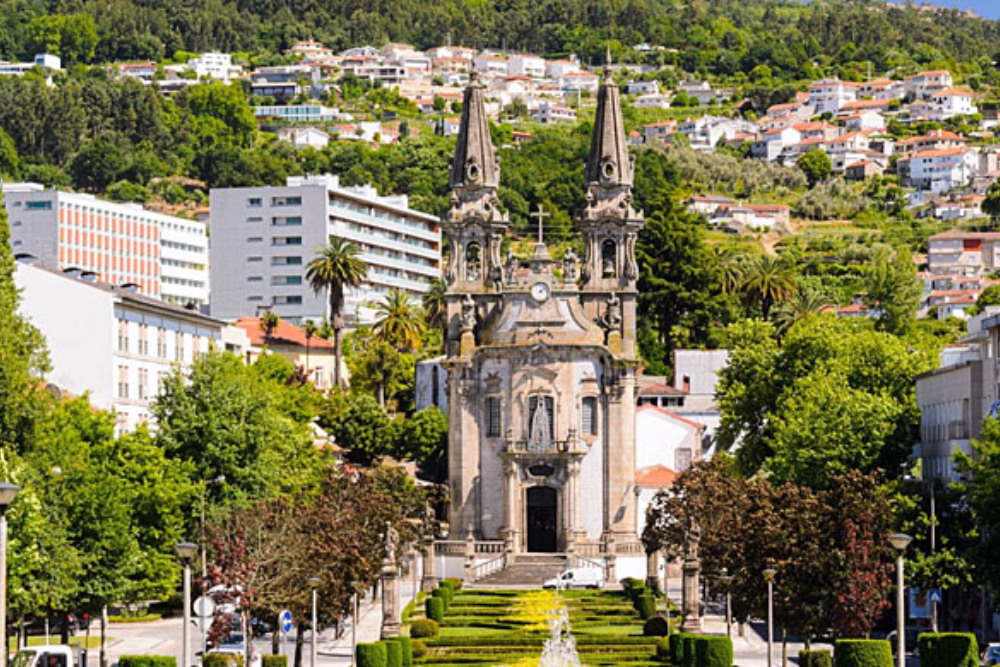Introduction
Guimaraes, frequently called the “origination of Portugal,” is a noteworthy city in northern Portugal, prestigious for its very much protected middle age engineering and rich social legacy. An UNESCO World Legacy Site, Guimaraes is where the main Lord of Portugal, Afonso Henriques, crushed his opponents and established the groundwork for the country’s freedom. Key attractions incorporate the Guimaraes Palace, the Castle of the Dukes of Braganza, and the noteworthy focus, loaded up with beguiling cobblestone roads, houses of worship, and squares.
Guimaraes Castle (Castelo de Guimaraes)
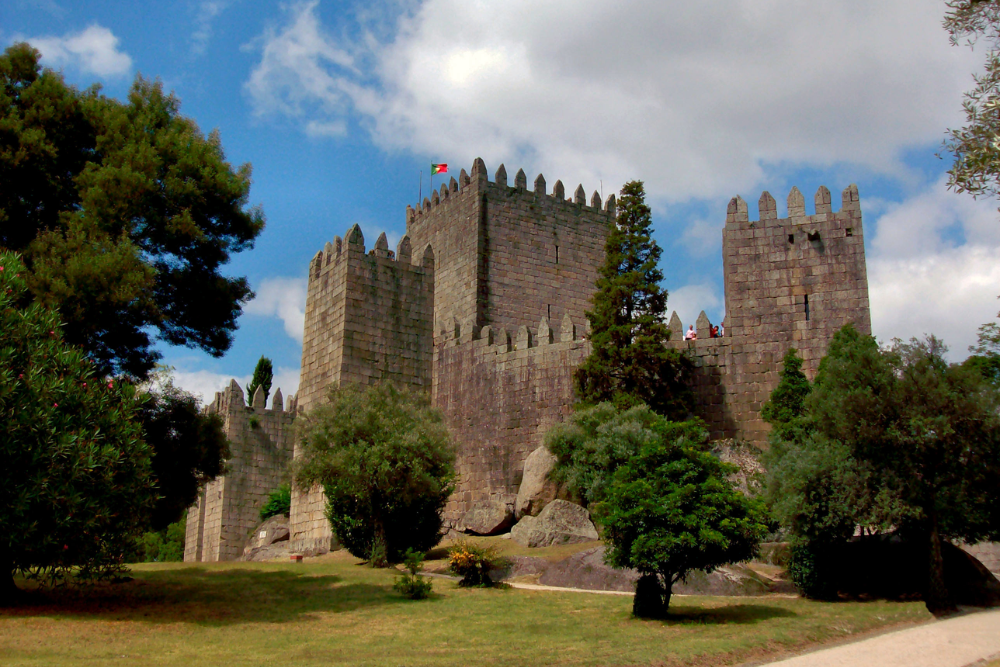
- One of the most notable milestones of the city, Guimaraes Palace is a middle age stronghold tracing all the way back to the tenth hundred years. This overwhelming construction is where the principal Lord of Portugal, Afonso Henriques, crushed the powers of Count D. Henrique in 1128, a triumph that assumed a vital part in the development of the country. Guests can investigate the palace’s thick stone walls, towers, and lovely yards while appreciating all encompassing perspectives on the encompassing city and open country. It’s an unquestionable requirement for history lovers and those hoping to submerge themselves in Portugal’s beginnings.
Palace of the Dukes of Braganza (Paço dos Duques de Bragança)
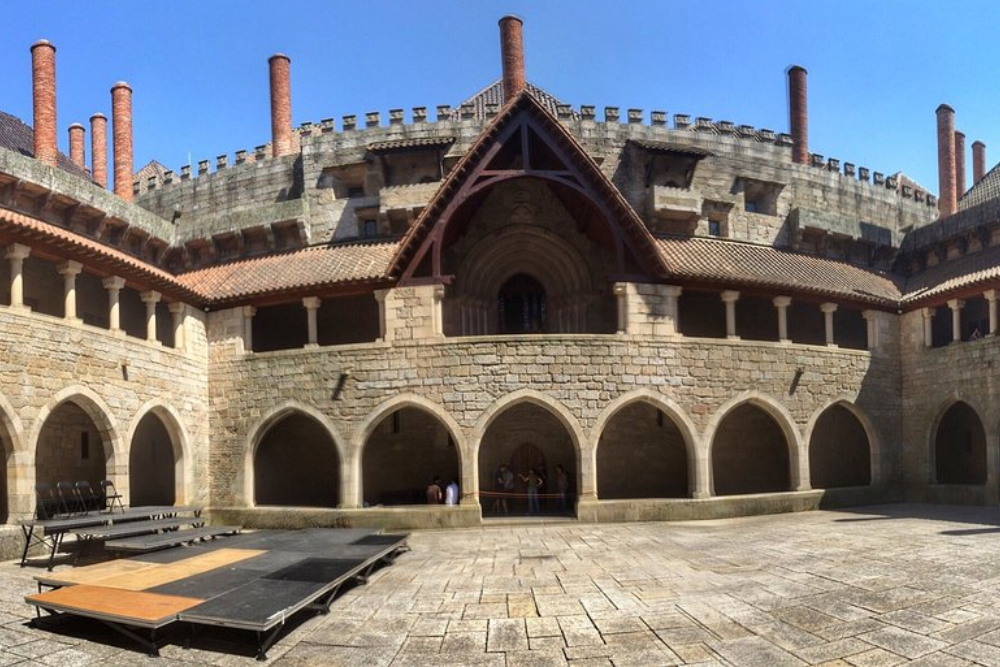
- The Royal residence of the Dukes of Braganza, situated close to Guimaraes Palace, is another authentic pearl. This amazing castle was implicit the fifteenth hundred years and was once the home of the Dukes of Braganza. The royal residence highlights shocking middle age engineering, with its unmistakable turrets and amazing stonework. Inside, guests can investigate the exhibition hall, which features ancient rarities connected with the ducal family, including verifiable furnishings, compositions, and protective layer. The royal residence’s patio and encompassing nurseries are ideal for a quiet walk.
Largo da Oliveira and the Church of Our Lady of Oliveira

- The Largo da Oliveira is an enchanting square in the core of the city, named after the old olive tree that once remained here. This pleasant square is home to the Congregation of Our Woman of Oliveira, a delightful Gothic church that traces all the way back to the fourteenth hundred years. The congregation has a staggering façade, perplexing stone carvings, and a noteworthy inside. The actual square is fixed with bistros and cafés, making it an optimal spot to unwind and absorb the city’s environment.
The Historic Centre of Guimaraes
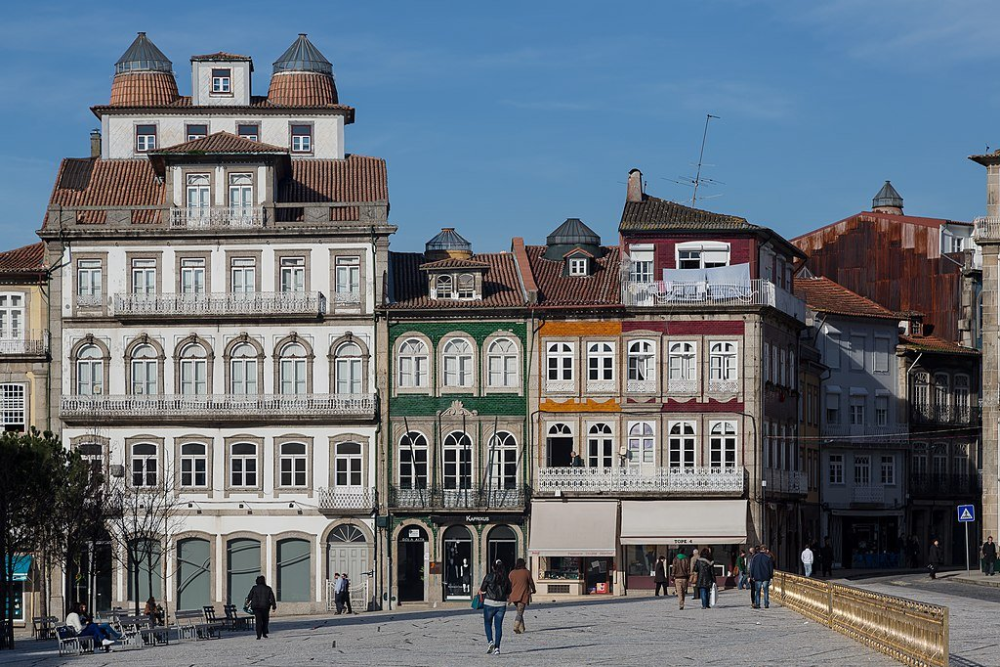
- The notable focus of Guimaraes is an UNESCO World Legacy site and quite possibly of the best-protected middle age town in Europe. A walk around the thin cobbled roads takes you past enchanting condos, wonderful squares, and interesting bistros. Important tourist spots incorporate the Vila Flor Social Center, Carmo Church, and the Alberto Sampaio Gallery. The region is likewise known for its wonderful nurseries, especially the Paço dos Duques Nurseries, which are ideally suited for a relaxed walk.
Penha Sanctuary (Santuário da Penha)
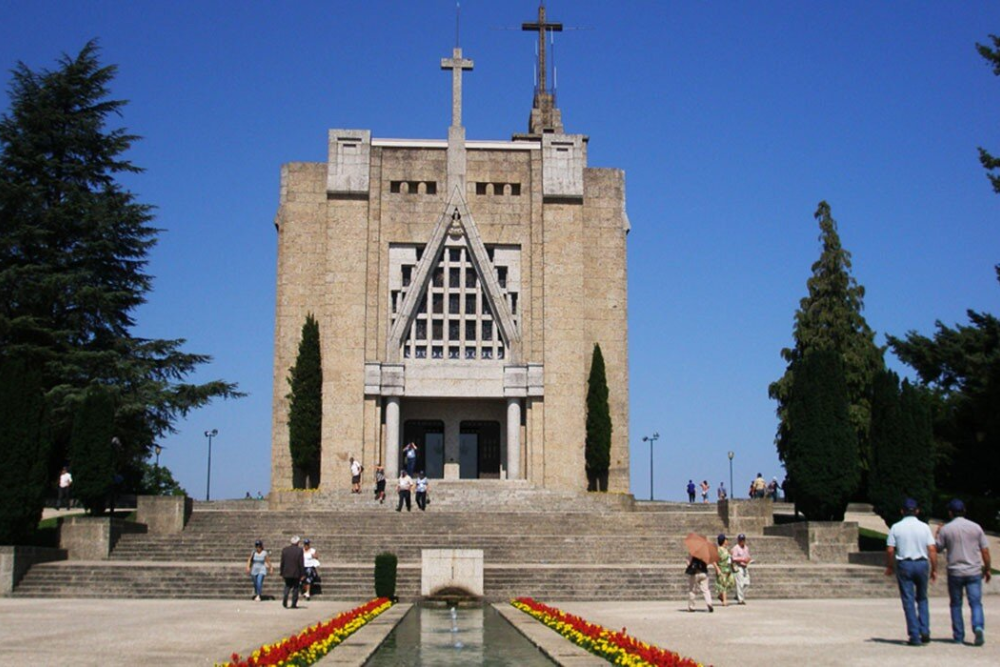
- Located on a hilltop just outside the city, the Penha Sanctuary offers stunning views of Guimaraes and its surroundings. The sanctuary is home to a 17th-century chapel dedicated to Our Lady of Penha. Visitors can reach the sanctuary by car, hiking trails, or the iconic cable car that takes you from the city to the top of the hill. The views from the top are breathtaking, and the peaceful atmosphere makes it an ideal spot for reflection or simply enjoying the natural beauty of the region.
Museu de Alberto Sampaio

- The Alberto Sampaio Historical center is housed in a previous cloister and offers a captivating knowledge into the strict and creative history of the district. The historical center’s assortment incorporates show-stoppers, strict ancient rarities, and archeological discoveries. Features incorporate an assortment of middle age and Renaissance figures, as well as complex bits of gold and silver. The gallery is an extraordinary spot for those keen on investigating Guimaraes’ social legacy.
Guimaraes Cathedral (Sé de Guimaraes)

- The Guimaraes Church, worked in the twelfth 100 years, is quite possibly of the main strict structure in the city. This Romanesque design has a wonderful façade, with many-sided carvings portraying scenes from the Book of scriptures. Inside, the church highlights staggering sanctuaries, a house, and an assortment of strict relics. The church’s blend of engineering styles, including Romanesque, Gothic, and Extravagant, mirrors the rich history and social impacts of Guimaraes.
Parque da Cidade

- For those hoping to loosen up in nature, Parque da Cidade is a beautiful city park ideal for picnics, strolls, and open air exercises. The recreation area highlights rich green spaces, serene lakes, and strolling trails, offering a quiet retreat simply close to the downtown area. It’s an extraordinary spot to loosen up following a day of touring.
Dos and Don’ts in Guimaraes
When visiting Guimaraes, a city known for its rich history and cultural significance, it’s important to be mindful of local customs and practices. Here’s a helpful guide to ensure you have a respectful and enjoyable experience:
Dos
- Do Explore the Historic Center: The core of Guimaraes is its UNESCO-recorded memorable focus. Take as much time as is needed to meander through its thin roads, appreciate the middle age structures, and visit milestones like the Guimaraes Palace and the Castle of the Dukes of Braganza.
- Do Respect Local Traditions: Guimaraes is saturated with custom. Make certain to participate in the city’s comprehensive developments, for example, the yearly Guimaraes Festas or the Madeiran Wine Celebration, and value the neighborhood creates, including materials and earthenware.
- Do Try Traditional Portuguese Cuisine: Test the nearby flavors, for example, bacalhau (salted cod), francesinha (a Portuguese sandwich), and pastéis de nata (custard tarts). Make certain to visit a conventional taverna or eatery to appreciate true Portuguese dinners.
Don’ts
- Don’t Rush Through the City: Guimaraes is best delighted in at a relaxed speed. Try not to hurry through its attractions — require investment to investigate the thin roads and secret squares that offer bona fide looks at life in this memorable city.
- Don’t Forget to Respect Religious Sites: While visiting houses of worship like the Guimaraes Basilica or the Congregation of Our Woman of Oliveira, dress humbly and talk unobtrusively. These are spots of love, and extending respect is significant.
- Don’t Miss the Local Festivals: Guimaraes has a few celebrations and comprehensive developments over time. Assuming that you’re visiting during one of these times, don’t pass up the experience. Celebrations like the Guimaraes Live concert and the Madeira Wine Celebration are a fabulous method for submerging yourself in neighborhood culture.
Best time to reach in Guimaraes
The best time to visit Guimaraes depends on the type of experience you’re looking for. However, generally, spring (April to June) and autumn (September to October) are the most ideal seasons to explore the city. Here’s why:
- Spring (April to June)
- Climate: The weather conditions in spring is gentle and lovely, with normal temperatures going from 15°C to 25°C (59°F to 77°F). It’s ideally suited for strolling around the notable place and investigating the open air attractions like the Paço dos Duques Nurseries or Penha Asylum.
- Celebrations: Spring marks the start of numerous widespread developments, including live concerts and nearby festivals. You can encounter the city showing some signs of life with different celebrations.
- Nature: The nurseries and parks are rich and sprouting, offering staggering scenes to appreciate during your strolls.
2. Autumn (September to October)
- Climate: Fall offers an agreeable environment with temperatures like spring — gentle and cooler, ideal for touring without the mid year heat. Normal temperatures range from 16°C to 22°C (61°F to 72°F).
- Wine Gathering: In the event that you love wine, fall is an extraordinary chance to visit, as it concurs with the reap season. While this is more striking in neighboring wine districts, you might be able to test new, nearby wines in Guimaraes.
- Less Sightseers: The late spring swarms begin to disperse, taking into consideration a more loosened up experience at famous attractions like Guimaraes Palace and Alberto Sampaio Exhibition hall.
3. Summer (July to August)
- Climate: Summer is the pinnacle season for the travel industry, with warm temperatures going from 20°C to 30°C (68°F to 86°F). While this is the most famous chance to visit, the intensity can make outside touring less agreeable.
- Celebrations: This season is dynamic with occasions like the Guimaraes Live event and other nearby celebrations. On the off chance that you appreciate exuberant environments and social festivals, summer is an extraordinary opportunity to visit.
- Swarms: Be ready for additional travelers during this time, which can make attractions more occupied.
4. Winter (November to March)
- Climate: Winters in Guimaraes can be cold, with temperatures going from 5°C to 15°C (41°F to 59°F). Downpour is normal, so you might need to bring proper attire for the season.
- Less Groups: On the off chance that you lean toward a calmer, less touristy experience, winter may be great. A considerable lot of the attractions will be less packed, permitting you to partake in the city at a more slow speed.
- Happy Air: December brings Christmas markets and enhancements, making it an extraordinary time for a comfortable, merry visit.



